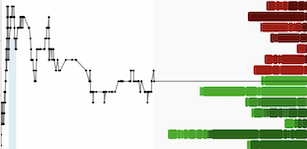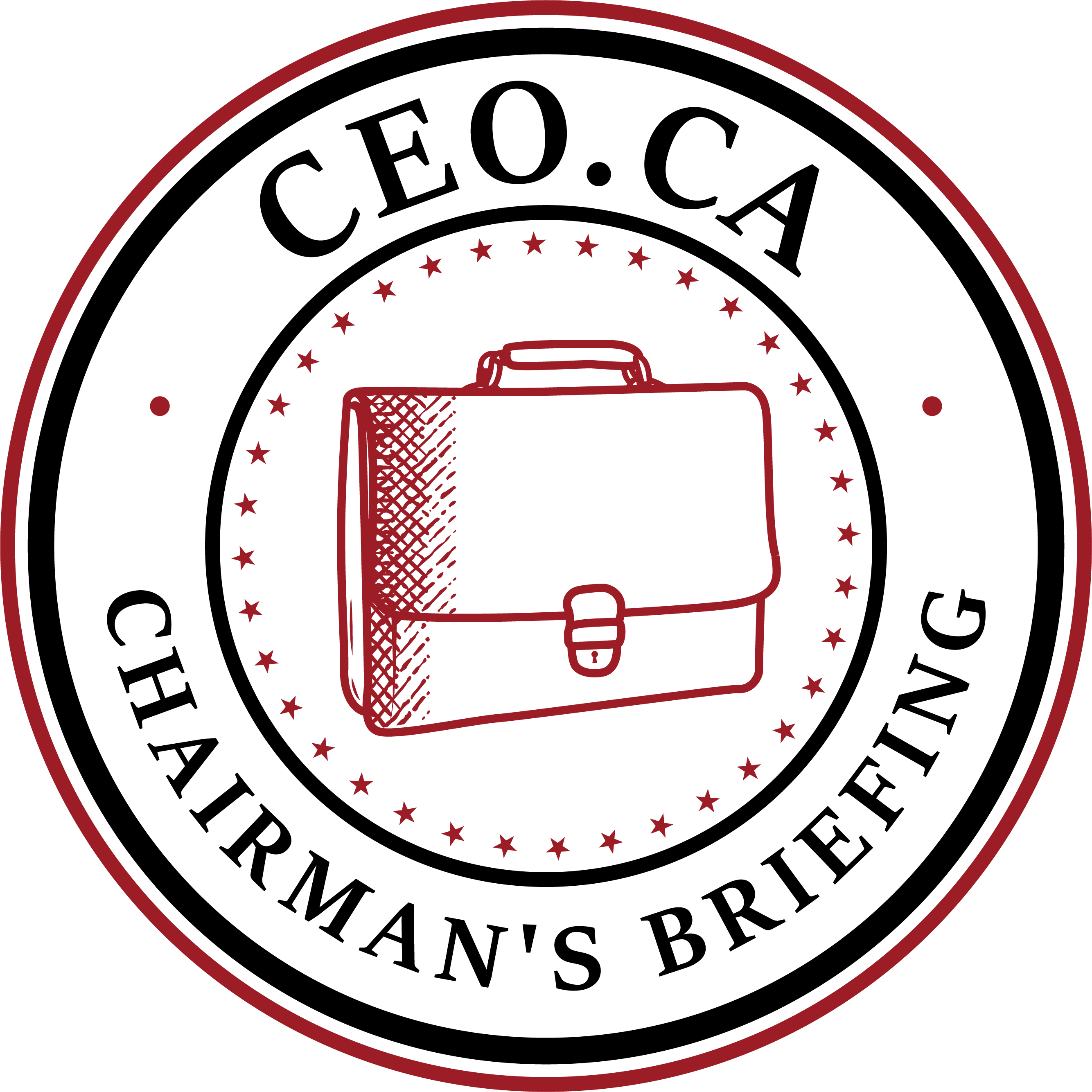Toronto, Ontario and Geraldton, Ontario--(Newsfile Corp. - August 5, 2022) - Tombill Mines Limited (TSXV: TBLL) (OTCQB: TBLLF) (the "Company", "Tombill"), is pleased to report on its 2022 near-surface Phase 2A diamond drilling program that was designed to evaluate a number of newly defined gold targets distributed across two of the three 100%-controlled claim groups the Company holds in the Geraldton gold mining district of north-central Ontario. The Phase 2A drilling campaign consisted of eight NQ-diameter boreholes for a total length of 2,941 meters (m). Seven of the eight drill-holes are located on the 51-patented claim Main Group property ("Main Group") which adjoins on the west the mining property of Greenstone Gold Mines GP Inc. ("Greenstone") where a large open-pit gold mine is currently being constructed. In addition, a single borehole was drilled on the smaller Original claim group property where the past-producing Tombill gold mine was located.
Summary of the Phase 2A 2022 Drilling Program:
The best assay results produced by the Phase 2A drilling program were obtained from drill-hole TB22-008. A 30-centimeter (cm) long sample from 288.8 m down-hole returned an assay of 2.61 grams per tonne (g/t) gold (Au), while another core sample from 292.1 m to 293.0 m (length of 90 cm) assayed 4.17 g/t Au.
Six of the eight holes that constitute the Phase 2A program were distributed across the northern sector of Tombill's Main Group, with the TransCanada Highway giving good access to the drill-sites. Together, these drill-holes were designed to investigate the gold potential of the Ellis Syncline exploration target. Overall, assay results produced by these boreholes were disappointing. Hole TB22-002 intersected a zone of weak gold mineralization from 155.0 m to 161.0 m, with the maximum gold assay from this zone being 0.406 g/t Au. Two other zones of weak mineralization were intersected between 199 m and 218 m in the hole, with maximum gold assays for 1 m long core samples from these zones being 0.428 g/t Au and 0.396 g/t Au.
No significant assay results were generated by drill-holes TB22-003 through TB22-007.
| Table 1. Significant Results of Phase 2A Drilling Program | ||||||
| Hole ID | UTM Coordinates | Azimuth/Dip (degrees) | From (m) | To (m) | Interval Length (m) | Au (g/t) |
| TB22-001A | 501499 E / 5503943 N | 180/-52 | 248.0 | 249.0 | 1.0 | 0.36 |
| and | 257.0 | 258.0 | 1.0 | 0.35 | ||
| and | 330.0 | 331.0 | 1.0 | 0.41 | ||
| TB22-002 | 500198 E / 5503696 N | 350/-45 | 158.0 | 159.0 | 1.0 | 0.41 |
| and | 209.0 | 211.0 | 2.0 | 0.36 | ||
| and | 215.0 | 216.0 | 1.0 | 0.40 | ||
| TB22-008 | 493730 E / 5505580 N | 30/-45 | 262.0 | 263.0 | 1.0 | 0.94 |
| and | 269.1 | 270.4 | 1.3 | 1.44 | ||
| and | 288.8 | 289.1 | 0.3 | 2.61 | ||
| and | 292.1 | 293.0 | 0.9 | 4.17 | ||
NOTE: WGS83, Zone 16 is the UTM Coordinate System that was used for the locations of drill-holes.
Tombill Original Mine
Hole TB22-008, which is in the central part of the 6-patented claim Original property, yielded two core samples that assayed 2.61 g/t Au and 4.17 g/t Au. This drill-hole was designed to test for the eastward continuation of the Key Lake-Jellicoe Gold Corridor that in past decades was extensively drilled by various resource companies on claims now owned by Greenstone which is currently constructing an open-pit mine some 13 kilometers to the southeast. According to Greenstone's NI43-101-compliant technical report1, the measured and indicated in-pit mineral resources of the Key Lake gold deposit are estimated to contain 141,000 ounces of gold at an average grade of 1.16 g/t Au. An additional inferred resource is estimated to contain 82,000 ounces at an average grade of 1.39 g/t Au.
The two intercepts of gold mineralization made by hole TB22-008 are from a 5- to 6-meter-wide zone of hydrothermally altered greywacke which is interpreted to be the extension of the east-southeasterly trending Key Lake-Jellicoe Gold Corridor that includes the Key Lake gold deposit. In TB22-008, the gold-bearing zone is marked by moderate and pervasive sericite alteration of the foliated, fine-grained metasedimentary rock along with thin seams of quartz-sericite and veinlets of greyish quartz. Minor disseminated fine-grained pyrite accompanies the sericite alteration. This intersection of the Key Lake-Jellicoe Gold Corridor on the Tombill property is situated approximately 1,500 m east-southeast of the sealed shaft of the Jellicoe mine, a small gold producer in the late 1930's, and about 900 m east of Tombill's western property boundary. The strike continuity of the mineralized corridor is noteworthy, being at least 3.3 km from Key Lake in the west to drill-hole TB22-008, and it appears to extend another 2.3 km further to the southeast to include the gold-quartz lodes of the former Magnet gold mine.
Ellis Syncline on Main Group
The Ellis Syncline exploration target that was investigated on the Main Group by drill-holes TB22-002 through TB22-007 consists of an isoclinally folded package of Archean rocks dominated by greywacke, magnetite iron formation and quartz-albite porphyry. These lithologies and the fold structures they define on the property create a geological setting that has been interpreted to be analogous to the setting which hosts the multiple ore zones forming the multi-million-ounce Hardrock gold deposit being developed by Greenstone 3.5 km to the east. Individual drill-holes were designed to test for sheared porphyry contacts and zones of sulphide replacement mineralization hosted in complexly folded iron formations.
While the drill-holes testing the Ellis Syncline target did in fact encounter the anticipated lithologies and even several altered zones marked by thin quartz veins, moderate sericite alteration and minor pyrite mineralization, no significant concentrations of gold were identified by these drill-holes. The best result obtained from these holes was made by TB22-002 which passed through the closure or 'nose' of a large, folded quartz-feldspar porphyry dyke. Three intersections of weak porphyry-hosted gold mineralization were made by this drill-hole; the interval 155-161 m yielded a maximum gold assay of 0.406 g/t Au, with the other two zones giving maximum assays of 0.428 g/t and 0.396 g/t gold.
Drill-hole TB22-001A was designed to test for the westward continuation of a gold-bearing shear zone that had been identified by a few historical drill-holes passing beneath the north end of Mosher Lake, some 400 m beyond the eastern boundary of Tombill's Main Group. The targeted zone appears to have been intersected between 247.0 m and 258.0 m down-hole. The two best assays from this zone, were 0.356 g/t Au from a 1.0 m long sample of quartz-feldspar porphyry and 0.346 g/t Au across 1.0 m from a sample of greywacke at the contact with the porphyry.
Figure 1. Phase 2A Drill Program

Figure 1. Regional map showing location of Tombill mineral properties in the Geraldton gold mining district and collar locations of diamond drill-holes completed by the Company's 2021 and 2022 drilling campaigns.
To view an enhanced version of Figure 1, please visit:
https://images.newsfilecorp.com/files/7659/132962_d22e631944f1eb4d_004full.jpg.
Implications for Future Exploration:
Drill-hole TB22-008 essentially confirms that the laterally extensive Key Lake-Jellicoe Gold Corridor passes through Tombill's Original claim group, with about 1,000 m of strike potential existing on the property from the hole itself to its western border extending to the Corridor. For a gold deposit comparable in size or larger than Greenstone's Key Lake deposit to discovered on Tombill's claims, a considerable amount of diamond drilling would be required, with many drill-holes yielding mineralized intersections that are significantly greater in length and with higher gold contents than what was obtained by hole TB22-008.
Drill-holes TB22-002 through TB22-007 confirmed the existence of a geological setting, i.e., lithologies and structures, that is comparable to the litho-structural setting hosting the large low-grade Hardrock gold deposit being developed a few kilometers east of Tombill's drilling. While the six drill-holes failed to discover a 'blind' zone of significant gold mineralization, the Company believes compelling exploration potential still exists in the favorable geology of the Ellis Syncline on the Main Group. The application of induced polarization (IP) geophysical surveying over the area of interest could assist in defining new drill targets, where chargeability anomalies might be indicating zones of gold-bearing sulphide replacement mineralization.
Footnote
- N.I. 43-101 Technical Report, Hardrock Project, Ontario, Canada. Prepared by G Mining Services Inc. for Premier Gold Mines Limited. Effective Date December 16, 2020.
Qualified Person
Ron Burk, P.Geo., is the Company's designated Qualified Person for this news release within the meaning of National Instrument 43-101 Standards of Disclosure for Mineral Projects and has reviewed and approved its scientific and technical content.
QA/QC
Field samples produced by the 2A drilling program consisted of rock-sawn, half-core rock material collected from drill core intervals generally 1.0 meter in length. Gold assays were performed at the facilities of Actlabs-Geraldton, an accredited analytical laboratory and division of Activation Laboratories located in the town of Geraldton, Ontario. For quality assurance and control purposes, Tombill geologists inserted field duplicates, certified standards and unmineralized, so-called 'blank' samples into the sample stream at a rate of at least 2 QA/QC samples per 25 half-core samples. A chain of custody for the collected half-core samples was maintained from the drill-site to the assay lab. At the Actlabs-Geraldton facilities, the half-core samples were entirely pulverized and homogenized, with 50-gram aliquots being analyzed for gold using the fire assay-atomic absorption finish procedure. Assay results were reported in parts per billion (ppb). At present, the true widths of the mineralized intercepts have not been calculated.
About Tombill
Founded 1935, by Newmont Mining and prospectors' 'Tom' and 'Bill' Johnson, Tombill (TSXV: TBLL) (OTCQB: TBLLF) owns 2 of the 10 past-producing mines in the Geraldton gold district, 4 claim groups, of which 3 are situated in the Geraldton gold district of north-central Ontario (about 225 km NE of Thunder Bay). Geraldton offers optimal and installed infrastructure. Holdings comprise 74 royalty-free mining claims (60 fully owned patented claims, 5 leases, 9 mineral rights only). Of these, the 51-patented claim Main Group is in the center of the Geraldton Gold District and straddles the Trans-Canada Highway; the 5-claim Ellis Group lies 4 km south of the town of Geraldton; and the original Tombill Mine group of 6-patented claims sits 10 km west-southwest of Geraldton. The Tombill Gold Mine produced 68,737 high-grade gold oz between 1938 and 1942 in the southeast corner of the claim group. The Talmora Longlac Mine, located in the northeast of the Main Group property, was built in 1941, but saw only minor production before closing in 1942 (1,406 gold oz). The Main Group borders on the property of the under-construction Greenstone Mine, which will be one of Canada's largest gold mines with production aimed for 2024.
To view an enhanced version of this graphic, please visit:
https://images.newsfilecorp.com/files/7659/132962_d22e631944f1eb4d_005full.jpg.
For more information, please visit www.tombillmines.com, and contact:
Georgia Bevan
Investor Relations
Email: georgia@tombillmines.com
Tel: +1 647 493 8270
Cautionary Note Regarding Forward-Looking Information
Certain information contained herein constitutes "forward-looking information" under Canadian securities legislation. Forward-looking information includes, but is not limited to, statements with respect to the trading date of the Company's common shares on the TSXV. Generally, forward-looking information can be identified by the use of forward-looking terminology such as "will" or variations of such words and phrases or statements that certain actions, events or results "will" occur. Forward-looking statements are based on the opinions and estimates of management as of the date such statements are made, and they are subject to known and unknown risks, uncertainties and other factors that may cause the actual results to be materially different from those expressed or implied by such forward-looking statements or forward-looking information. There can be no assurance that such statements will prove to be accurate, as actual results and future events could differ materially from those anticipated in such statements. Readers should not place undue reliance on forward-looking statements and forward-looking information. The Company will not update any forward-looking statements or forward-looking information that are incorporated by reference herein, except as required by applicable securities laws. Additional information identifying risks and uncertainties is contained in filings by the Company with the Canadian securities regulators, which filings are available at www.sedar.com. Neither the TSXV nor its Regulation Services Provider (as that term is defined in policies of the TSXV) accepts responsibility for the adequacy or accuracy of this release.

To view the source version of this press release, please visit https://www.newsfilecorp.com/release/132962





